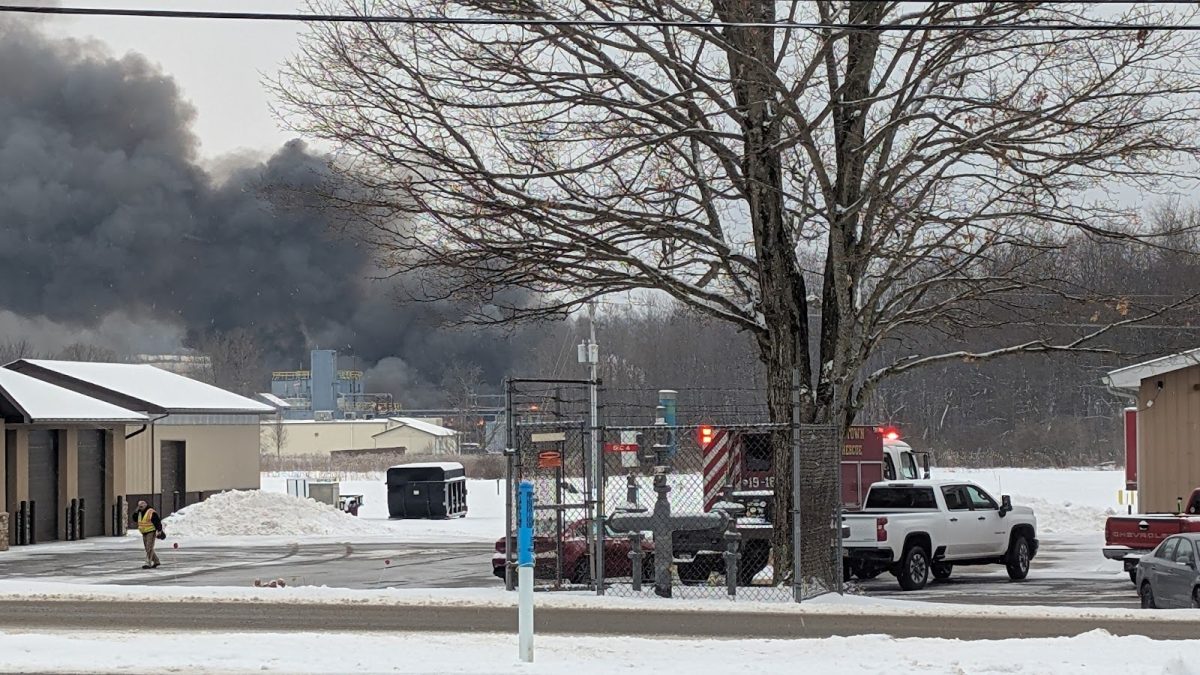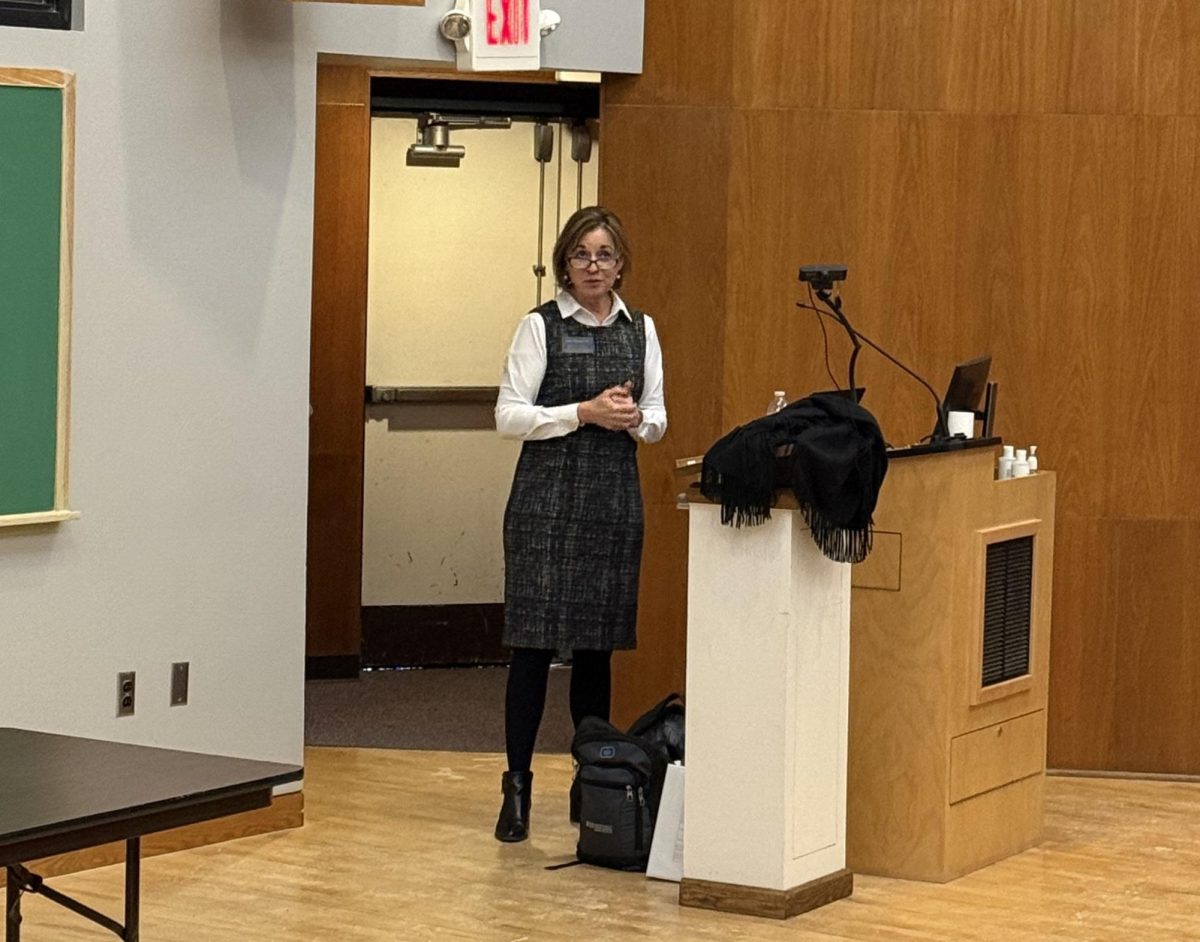Froning provided responses for questions directed specifically at her. The Froning-Ault campaign did not respond to joint campaign questions from The Campus.
For Froning: The presidency engages with other elements of the college’s governance structure, representing the student body to Faculty Council, the college president and the Board of Trustees. What about your experience and skill set makes you best able to fill this role?
One of my greatest strengths as a leader is my ability to connect with people and hold my own in conversations with people of power. In my current role, I was one of the few, if not only, students representing the student perspective in many of the DEI committees I have been in and continue to be a part of, including being the student representative on the hiring committee that formally welcomed Natalie Brown to her new position as the head of the IDEAS center, my role as a member of the CODE committee, and the subcommittee I am on that is working towards land acknowledgment efforts over the next few years, where I am both the only student and indigenous person on the committee (there aren’t many of us on campus).
I may not be the best public speaker, but I can certainly hold my own in these spaces where I often have the least power in the conversation, and I am able to convey the value of my ideas despite that. These are skills I need to have as I am a resource, a representative, a spokesperson, and a bridge between the student body and these individuals of power at the college. In addition to this direct DEI work, as a cabinet member, I have been in conversations with the college president’s cabinet. It was actually in this space that I mentioned that working on land acknowledgment efforts was something I wanted to do during my term as director of Diversity and Inclusion, which was something I believe helped get the ball rolling on the creation of this subcommittee.
For Froning: As director of diversity and inclusion, you’ve been working towards an ASG resolution on the Israeli invasion of Gaza. What does that resolution look like, and would responding to national or global issues be a priority of your administration?
This is something that is very important and close to my heart as an indigenous person but ultimately as a person who cares about human rights. For a while, I looked at avenues I could take as someone with the platform I currently have as the Director of Diversity and Inclusion. I also needed to assess what I could do with my platform and limited power as a student representative. After having these conversations with fellow members of ASG as well as the senators I have on my committee, we decided that drafting a resolution to present to the ASG Senate would be the best way to use our platform.
As this is something that is still in the drafts and hasn’t been presented to the Senate outside of those working on sponsoring and authoring it, it isn’t a public document that I can share just yet. I opened my committee meetings and mentioned that this was a project I am working on because I wanted to have conversations with students to get their input on what they want to see in the resolution. After all, the purpose of these kinds of resolutions is to say “hey, the students care about this issue and is is what the students want to be done about it.” In my opinion, making moves without having student input defeats the whole purpose because I would be speaking on behalf of the students without talking to students outside of ASG. It took a while to get that input, but those doors have been opened and conversations have been happening. All that said, the process has taken longer than I would have hoped, but progress is being made. I am so very grateful to my committee and authoring team as well as the students who have been having these conversations with us.





